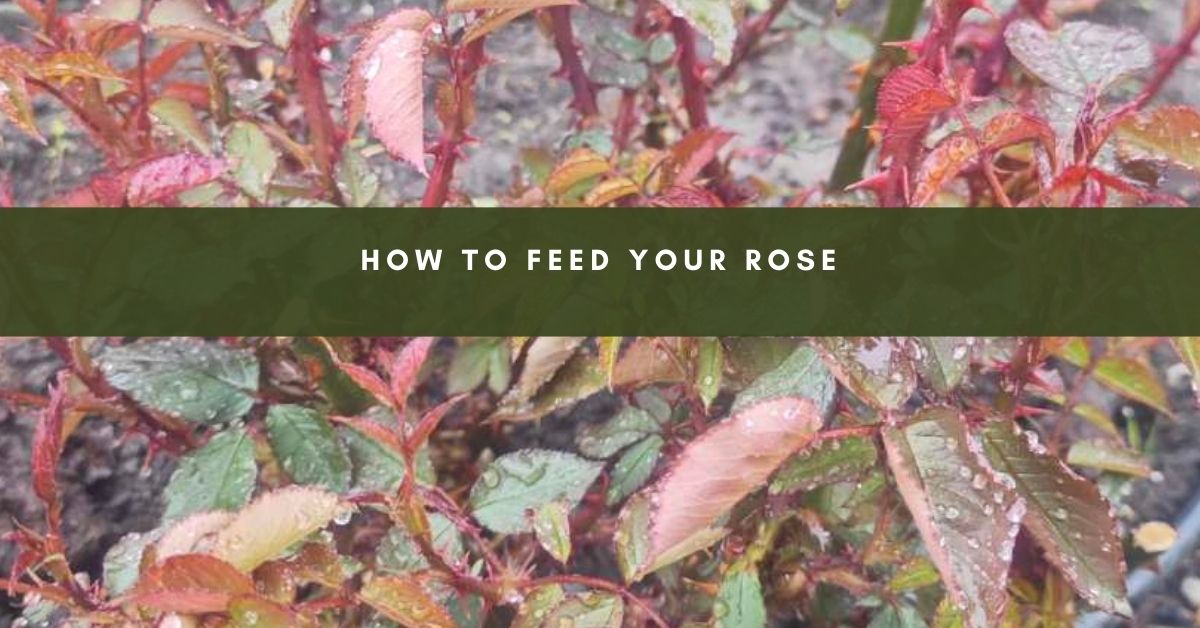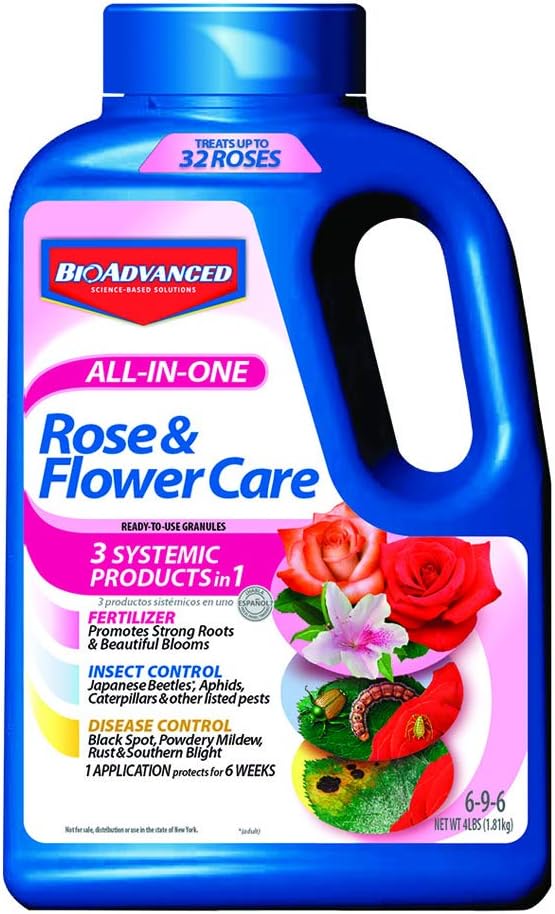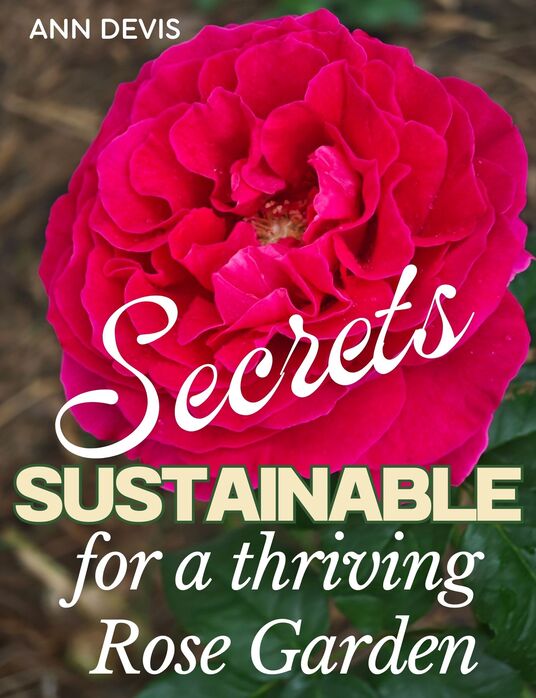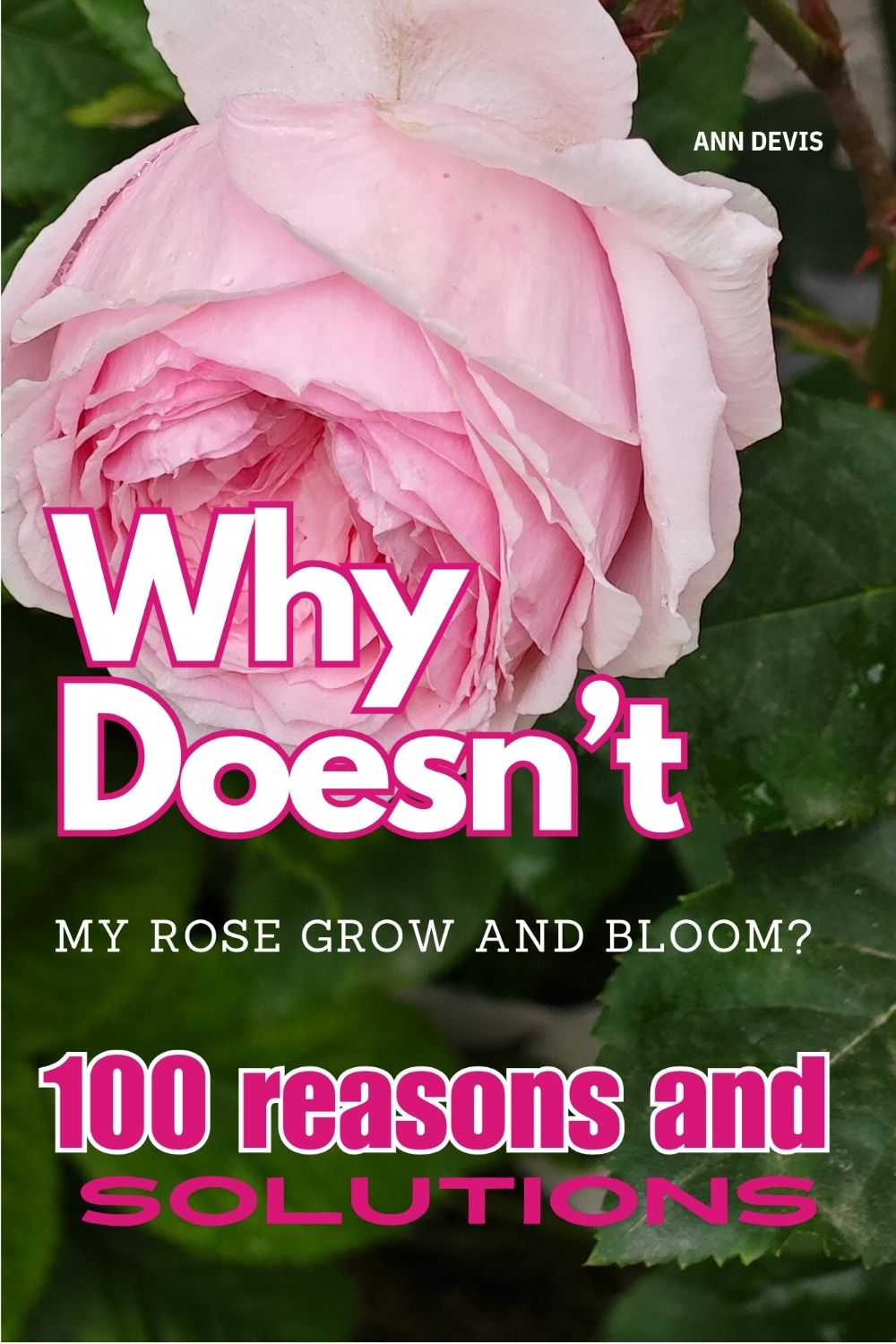Roses are the crown jewels of the garden—elegant, fragrant, and full of character. But behind every breathtaking bloom lies a well-fed root system and healthy, living soil. Knowing when and how to fertilize your roses differentiates average growth from spectacular performance. Whether you’re committed to organic gardening or looking for a simple way to include mineral feeding, this guide offers practical advice for feeding roses naturally and effectively throughout spring and summer.
Why Choose Organic Fertilizers?
Organic fertilizers offer more than just nutrients — they enrich the entire soil ecosystem. Instead of simply feeding the plant, they nourish beneficial microorganisms that create a balanced environment. Over time, this leads to more vigorous, more resilient roses. Organic fertilizers are also safer for pets, pollinators, and the planet.
Some of the most effective organic materials include:
- Compost: a classic soil conditioner and nutrient source
- Alfalfa meal or pellets: contains natural growth stimulants
- Fish emulsion: fast-acting liquid nutrition
- Banana peels: rich in potassium, perfect for encouraging blooms
- Well-aged manure: slow-release fertility for long-lasting benefits
Spring Feeding: Time to Wake Up
Roses wake up from winter dormancy in early spring, and this is the time to give them a solid nutritional foundation for the growing season. Fertilize just after pruning, when the buds swell — typically between late February and early April.
Start by spreading a generous layer of compost around the base of each rose bush. Add about one cup of alfalfa meal per plant and lightly mix it into the topsoil. Apply a fish emulsion drench every two weeks to deliver quick nutrients that support strong early growth.
Always water thoroughly after feeding. Moist soil helps nutrients penetrate deeper and reduces the risk of burning tender new roots.
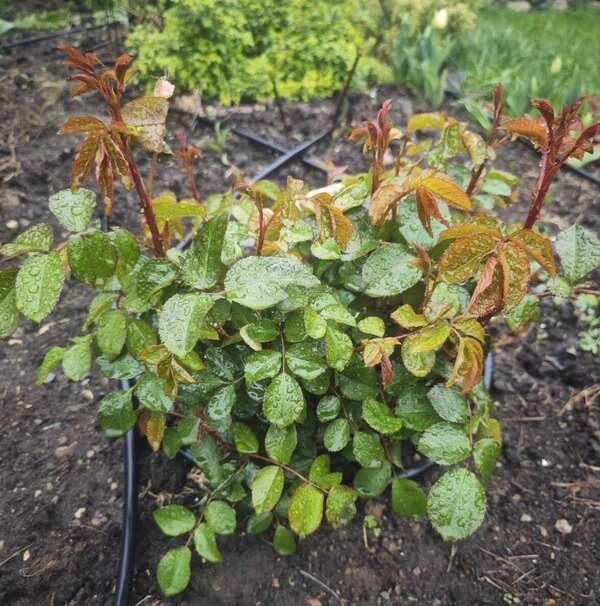
Summer Feeding: Fuel for Flower Power
After the first big flush of blooms in June or early July, your roses need a mid-season refresh to keep the show going. This is the time for lighter feeding.
Apply more compost or water with compost tea to gently maintain soil nutrition. Sprinkle chopped banana peels around the root zone to boost potassium levels, encouraging more flowers. A small top-up of alfalfa meal can help trigger another round of blooming.
Be sure to stop all fertilizing by early August. Feeding too late in the season can result in soft, new growth that may not harden off in time for winter and could be damaged by frost.
A Simple Mineral Option
If you prefer or supplement with mineral fertilizers, it’s essential to choose wisely. Opt for a balanced, slow-release mineral fertilizer designed for roses. Avoid applying mineral fertilizer directly to the soil, as it can harm the microbial life that supports long-term rose health.
Instead, use a gentle foliar spray that delivers nutrients through the leaves without disturbing the soil.
Here’s my simple and effective recipe:
- 1 part milk serum
- 5 parts water
- 1 teaspoon of slow-release mineral fertilizer
Mix thoroughly and spray on the foliage in mild, dry weather, ideally in the morning. This method provides nutrients directly to the plant while protecting the delicate underground ecosystem.
Pro Tips from Experienced Rose Growers
Ensure roses receive a thorough soaking before and after fertilizing to help nutrients reach the root zone effectively.
Use a layer of organic mulch to conserve moisture in the soil and stabilize temperature fluctuations.
Stay attentive to your plants. Pale or yellowing foliage and stunted growth often signal a lack of nutrients and may call for an adjustment in your feeding routine.
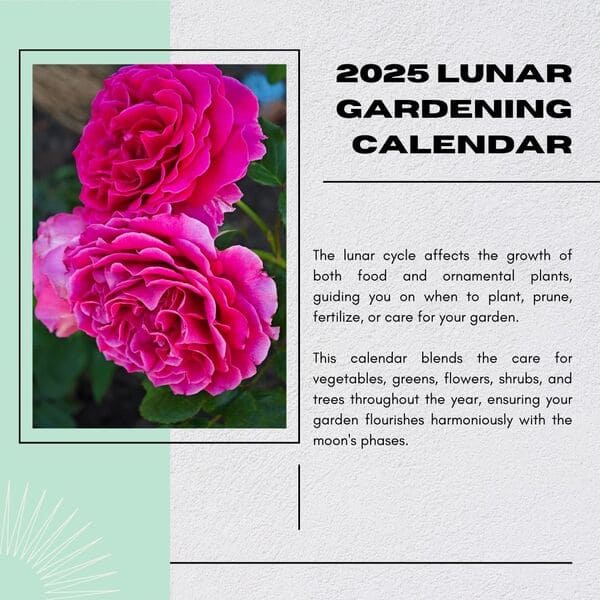
Get Your Free Lunar Gardener's Calendar 2025!
Join the Lunar Gardening Revolution! Subscribe now to receive our exclusive Free Lunar Gardener’s Calendar for 2025. Harness the power of the moon to optimize your planting, nurturing, and harvesting.
When you time your rose feeding to match the seasons, you set the stage for strong growth, repeat blooming, and overall plant vitality. A well-fed rose bush doesn’t just flower more—it stands up better to stress, disease, and weather shifts. By leaning into organic practices and supplementing wisely when needed, you’re giving your roses the kind of care that supports both beauty and long-term health naturally and effectively.
Frequently Asked Questions About Fertilizing Roses
Begin feeding your roses right after pruning when you see new growth or buds starting to swell. Depending on your climate, this typically falls between late February and early April.
Organic options like compost, alfalfa meal, and fish emulsion work best in spring. They enrich the soil, stimulate growth naturally, and help roses develop strong roots and foliage.
Feed roses every 4–6 weeks in the spring and early summer. After the first big bloom, apply a lighter feeding to support continued flowering. Stop all fertilization by early August to prevent late-season growth that frost could damage.
Yes, banana peels are a great natural source of potassium, which supports blooming. Chop them up and place them around the base of the plant, or compost them into the soil.
Fish emulsion is excellent for roses, especially in early spring. It quickly boosts nitrogen and other nutrients that support leafy growth and overall plant vigor.
Yes, but it’s best to use a slow-release, balanced mineral fertilizer and apply it as a foliar spray rather than directly to the soil. This protects beneficial soil organisms and reduces the risk of overfeeding.
Late fertilizing can trigger new, soft growth that may not have time to harden off before fall. This growth is more vulnerable to cold damage and disease, so it’s best to stop fertilizing by early August.
Signs include yellowing leaves, stunted growth, and poor blooming. A nutrient boost may be needed if your roses look weak or are underperforming despite good care.
Want more gardening tips? Subscribe to our newsletter for monthly advice straight to your inbox!

